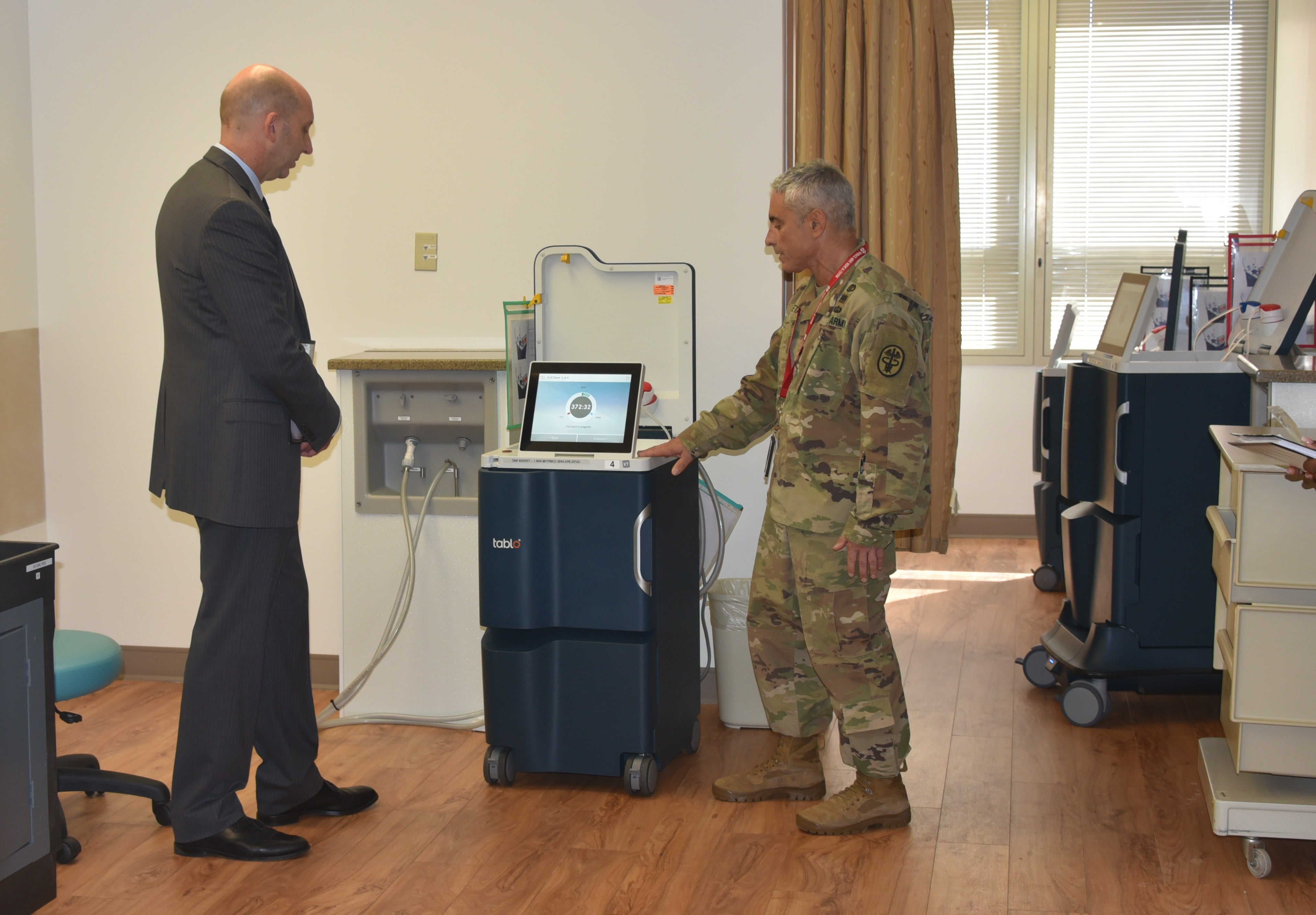MARINE CORPS AIR GROUND COMBAT CENTER TWENTYNINE PALMS, Calif. – Thousands of Marines got a look at how the Corps will fight against a more sophisticated and well-trained enemy as the service shifts its focus from years of combat in Iraq and Afghanistan, as they trained here for a week in August.
The days of patrols and counterinsurgency operations will be gone and replaced with Marine expeditionary brigade-level warfare as planners expect the Corps to face well-trained adversaries with similar capabilities. It will be a different style of warfare from what Marines saw in Iraq and Afghanistan, but it will likely become the norm in years to come.
That's what about 5,000 Marines practiced during the Large Scale Exercise here from Aug. 8-14.
Infantry Marines didn't notice many differences in this new norm for which they're training. But Marines working in a combat operations center behind a computer saw a greater emphasis on combined arms, joint operations and international cooperation — all of which have to be carefully considered, coordinated and managed.
"Obviously we're dealing with a lot of higher-ups," said Sgt. Luisa DeLaCerda with 9th Communication Battalion. She and other Marines who worked in the combat operations center, a dimly-lit, air conditioned tent, sat elbow-to-elbow behind rows of computers facing large screens with maps projected onto them.
DeLaCerda had to pay attention to British and Canadian forces as well as soldiers and sailors who also participated in the exercise. That was all in addition to keeping up with the overall operation, making the exercise more complex than what she's used to experiencing.
"We've never done it together as a team," she said.
Miles across the Southern California desert, it was a typical day on the gun line for Cpl. Emerson Wittstruck, 3rd Battalion, 11th Marines, an artillery unit. He and other Marines with 3/11 sat under a camouflaged canopy to protect themselves from the scorching sun, awaiting instructions to fire a shell from their M77A2 lightweight howitzer in support of 7th Marines.
Capt. Chad Ernst, the assistant operations officer for 3/11, said most of the changes have to do with tactics. As a company-grade officer, he said he's spending more time thinking about fighting an enemy with their own air capabilities and artillery — two threats that weren't an issue in Afghanistan.
Capt. Rich Whalen, also with 3/11, said commands flow through a MEB at a quicker pace , so he has to make sure his unit is prepared for a longer fight without as much logistical support. But the day-to-day basics of firing an artillery shell are identical, he said.
Back in the combat operations center, Col. Roger Stanfield, the communications officer, deals with securing a large-scale communications network. MEB networks are sizable, he said, and fighting an adversary with similar capabilities means that there's a more likely chance his network could be attacked.
"We get attacked just like everyone else would, but our adversaries have different levels of skills," Stanfield said.
Marines have a history of deploying MEBs, and LSE-14 is a way for Marines to reacquaint themselves with these type of operations, said Brig. Gen. Carl Mundy III, commander of 1st MEB.
"It's sort of an off-and-on unit in the Marine Corps," he said.
With Afghanistan winding down, the Corps needs a unit that's rapidly deployable, joint operations-oriented, ready to be flown into the fight, or forward deployed, he said. They need to be ready to handle whatever combatant commanders needs. The MEB — a middleweight force — fills that niche, Mundy said. It's likely that Marines will see more time at sea aboard Navy amphibs to meet the demand, he added.
"It's kind of an opportunity to go back to the future, if you will," he said.
Marines deploying with a MEB will likely have a workup cycle similar to Marine expeditionary units.
What that workup will look like is unknown, and Mundy and others said they are not certain how future large-scale exercises will test MEBs. Before Iraq and Afghanistan, the Marines trained for the unknown, but these two wars created a solid and predictable training pipeline. This LSE was designed to get Marines ready to fight like they did before.
The Corps still has the capabilities, it just hasn't used them in a long time, said Lt. Col. Doug "Lucky" Luccio, the operations officer.
"I don't think that they've atrophied, we've just done different things," he said.





